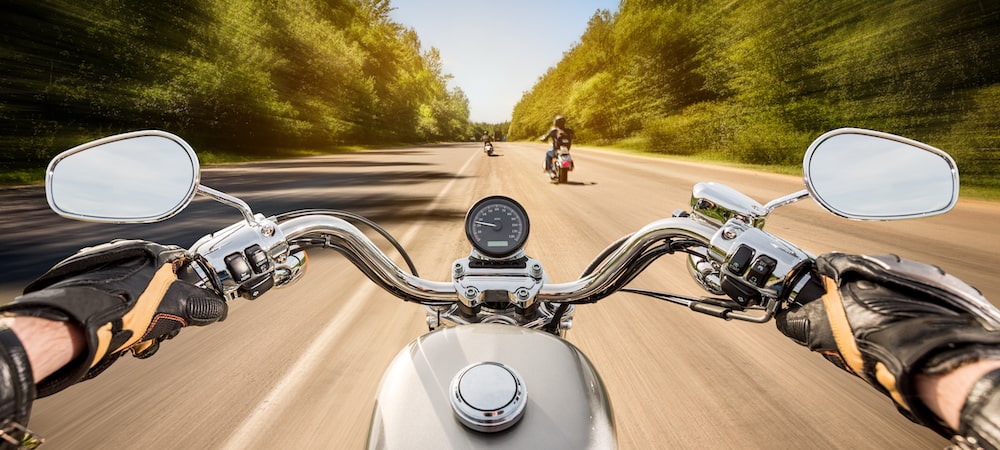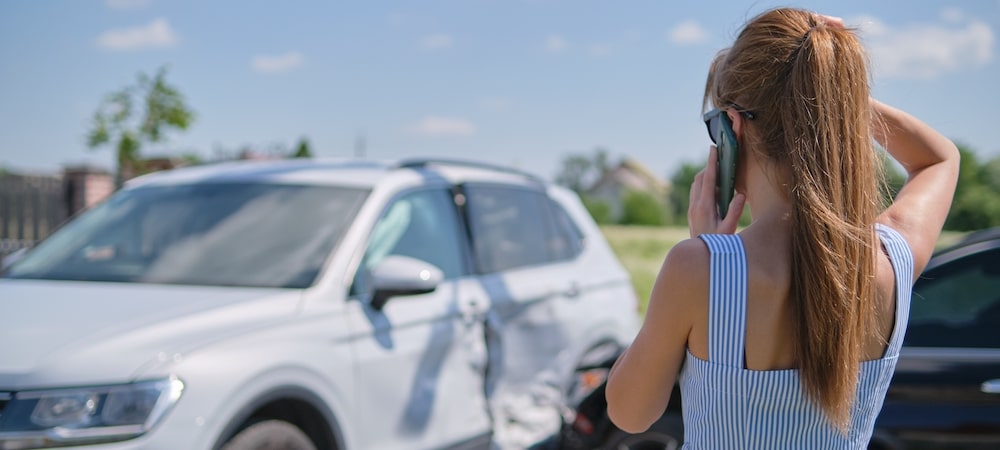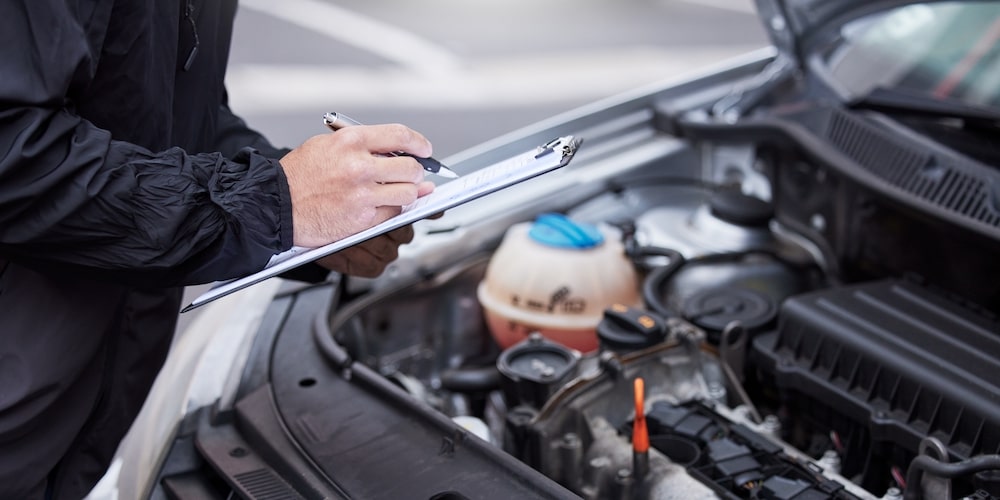Lower back injuries are among the more common injuries sustained in car accidents. While the pain is sometimes immediate, some injuries may not produce pain or other symptoms for days or even weeks after the accident. In all cases, immediate medical evaluation should be sought to identify the injury and minimize any long-term repercussions.
Here are some common causes of back pain for those who have been in an accident:
• Bulging (protruding, ruptured, herniated) disc: Pain caused by cartilage being pushed into the spinal cord and/or nerve roots due to the degenerating and weakening of discs. • Sciatica: Pain from the lower back down one leg to the knee, caused by a herniated/ruptured disc which presses on the nerve extending from the spinal column to the pelvis (this nerve also carries nerve fibers to the legs). • Spondylitis: Chronic back pain caused by inflammation or severe infection of the spinal joints. Similar lower-back inflammations include “osteomyelitis” and “sacroilitis.” • Spinal degeneration, which is caused by disc wear and may lead to narrowing of the spinal canal.
A number of diagnostic methods are used to identify the sources of pain from lower back injuries. These include: • Computerized Tomography – A generally fast and pain-free X-ray process used to identify damage to vertebrae, disc ruptures, and spinal stenosis. • Discography – In this procedure, commonly suggested for patients with chronic back pain, a contrast dye is injected into a suspected spinal disc and outlines the damage, which is identified by subsequent X-rays. • Electro-diagnostic procedures, including electromyography (EMG), evoked potential (EP) studies, and nerve-conduction studies. EMGs, in particular, assess electrical activity in nerves to determine whether a muscle’s weakness is due to an injury or damage to the nerves controlling the muscle. • Magnetic resonance imaging (MRI) – Non-invasive MRIs are often used to identify conditions which may require urgent medical care. These scans often evaluate the lumbar region for various types of damage to ligaments, muscles, and nerves, as well as bone degeneration. • Thermography – Thermography detects compression of nerve roots using infrared sensors to measure small changes in temperature on opposing sides of the body. • Ultrasound imaging (sonography) – Images are obtained from inside the body using high-frequency sound waves, the echoes of which are translated into real-time images. Regarding lower back injuries, ultrasounds are often used to identify soft tissue masses and tears in muscles, tendons, and ligaments.
If you or a loved one has been injured in a an accident, contact Chicago car accident attorney Michael Agruss for a free consultation. We are a Chicago-based injury law firm representing individuals (and their families) who have suffered an injury in an accident. We will handle your case quickly and advise you every step of the way, and we will not hesitate to go to trial for you.
Lastly, 844 See Mike is not paid attorney’s fees unless we win your case. Our no-fee promise is that simple. You have nothing to risk when you hire us – only the opportunity to seek justice.




